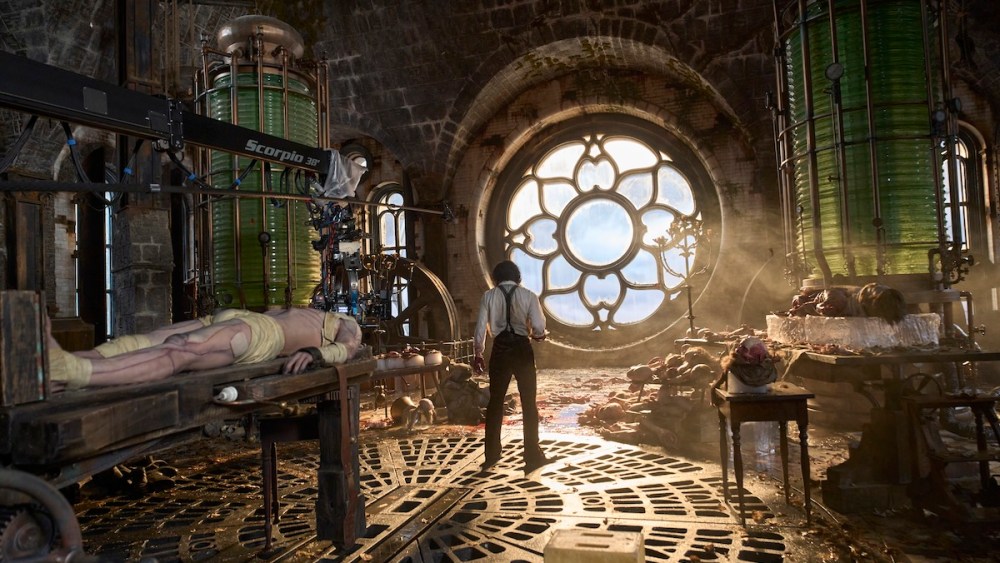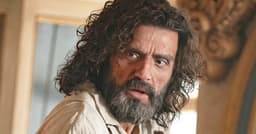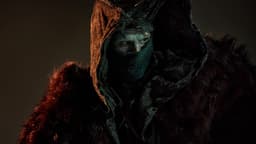Home / Arts and Entertainment / Cinematographer Unveils Visually Captivating Secrets of Guillermo del Toro's "Frankenstein"
Cinematographer Unveils Visually Captivating Secrets of Guillermo del Toro's "Frankenstein"
14 Oct
Summary
- Cinematographer Dan Laustsen and director Guillermo del Toro's long-standing collaboration
- Use of Arri Alexa 65 camera and Leitz Thalia lenses to achieve a classic yet modern look
- Innovative lighting techniques, including mixing color temperatures, to drive emotion

In a recent interview, cinematographer Dan Laustsen provided a behind-the-scenes look at his collaboration with director Guillermo del Toro on their latest project, "Frankenstein," one of del Toro's most personal works for Netflix.
Laustsen and del Toro's longstanding partnership, forged through films like "Crimson Peak," "The Shape of Water," and "Nightmare Alley," has led to a shared visual language and a deep sense of trust. For "Frankenstein," they were determined to create a period piece that felt classical in style but modern in execution.
To achieve this balance, the filmmakers turned to the Arri Alexa 65 camera paired with Leitz Thalia lenses, cropping 5% of the frame to allow the visual effects team flexibility in post-production. This large-format setup produced a grand, classic feel reminiscent of old 70mm films, but with a contemporary sharpness.
Lighting was crucial in shaping the emotional tone of the film. Laustsen favored single light sources, such as windows, fireplaces, and lanterns, keeping practical fixtures mostly out of frame to maintain a believable world. By mixing color temperatures, like the warm glow of firelight against the cool blue of moonlight, he was able to create a sense of "emotional contrast" that elevated the turbulent narrative.
Nowhere was this balance more challenging than in the pivotal sequence depicting the creature's creation, an orchestration of lightning, steam, and moonlight. Laustsen admitted he was initially "a little afraid" of the scene, fearing it could easily become chaotic, but he ultimately found a way to keep it grounded within the overall visual aesthetic.
Throughout the production, Laustsen fought to maintain a sense of realism, even in large set pieces. On the ship set, he insisted on using real torches over digital flames, as he believed the organic changes in light and shadow were crucial to the authenticity. For the castle's burning sequence, a full-scale set in Toronto was combined with miniature photography shot in London, all without the use of CGI fire.
Laustsen's favorite moment, however, is a quiet one – a dawn conversation between stars Oscar Isaac and Jacob Elordi, lit by the soft glow of sunrise bouncing off a cracked mirror. "It's very simple," he said, "but it's when everything comes together."
As audiences eagerly await the release of "Frankenstein," Laustsen hopes they will take away a message of "love and forgiveness" – a timely and powerful theme that he and del Toro have woven into the fabric of this visually stunning production.




